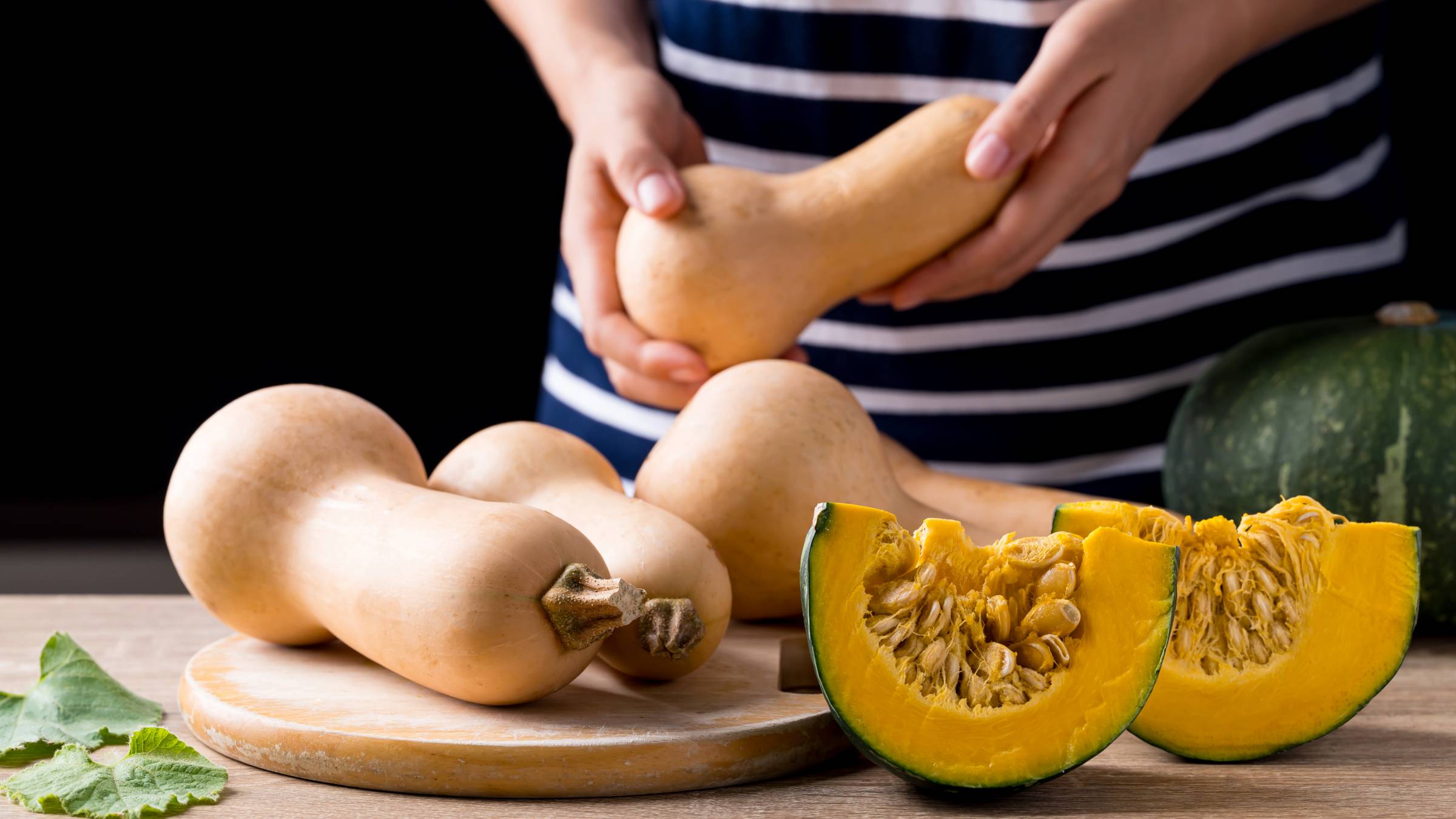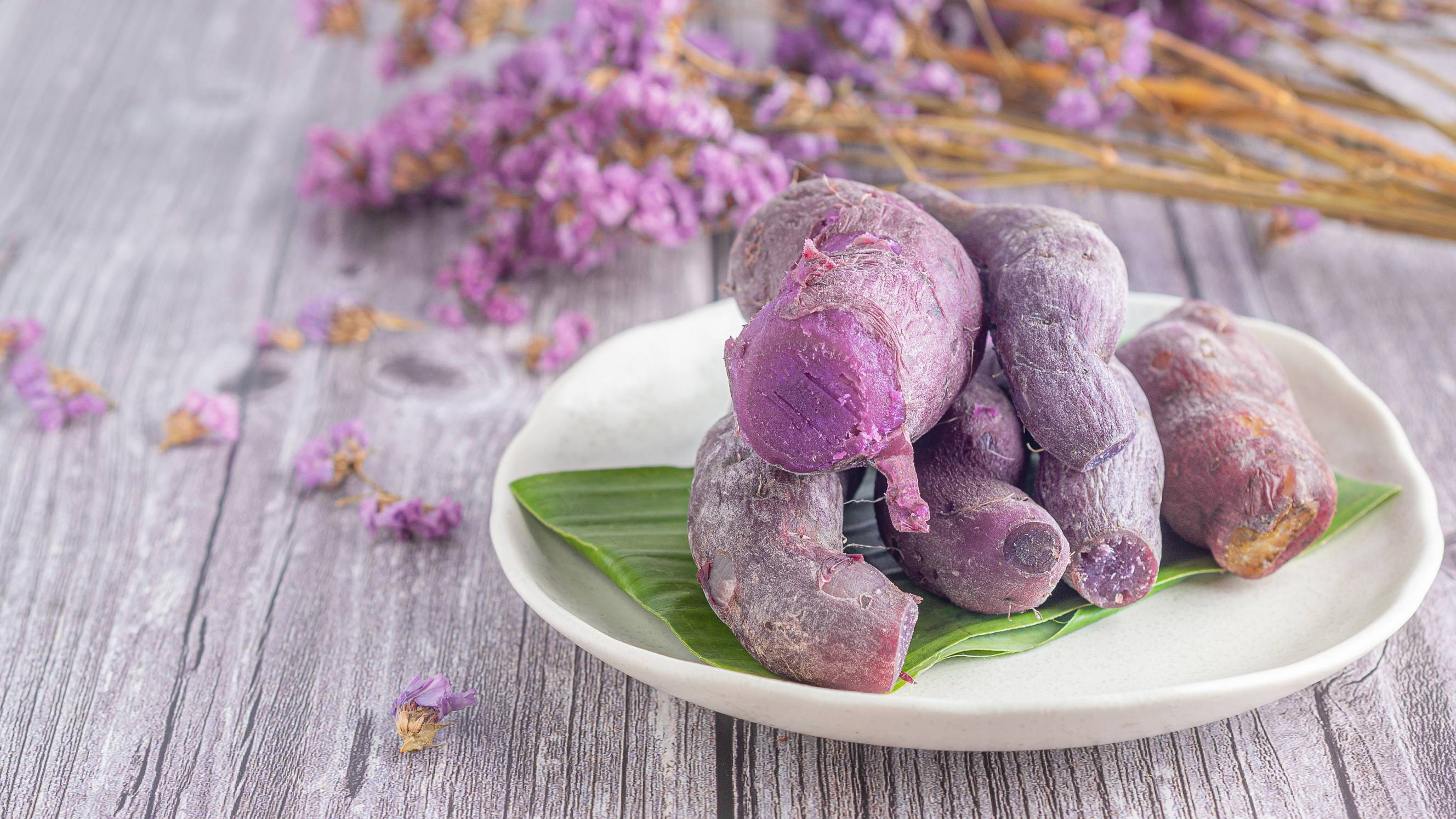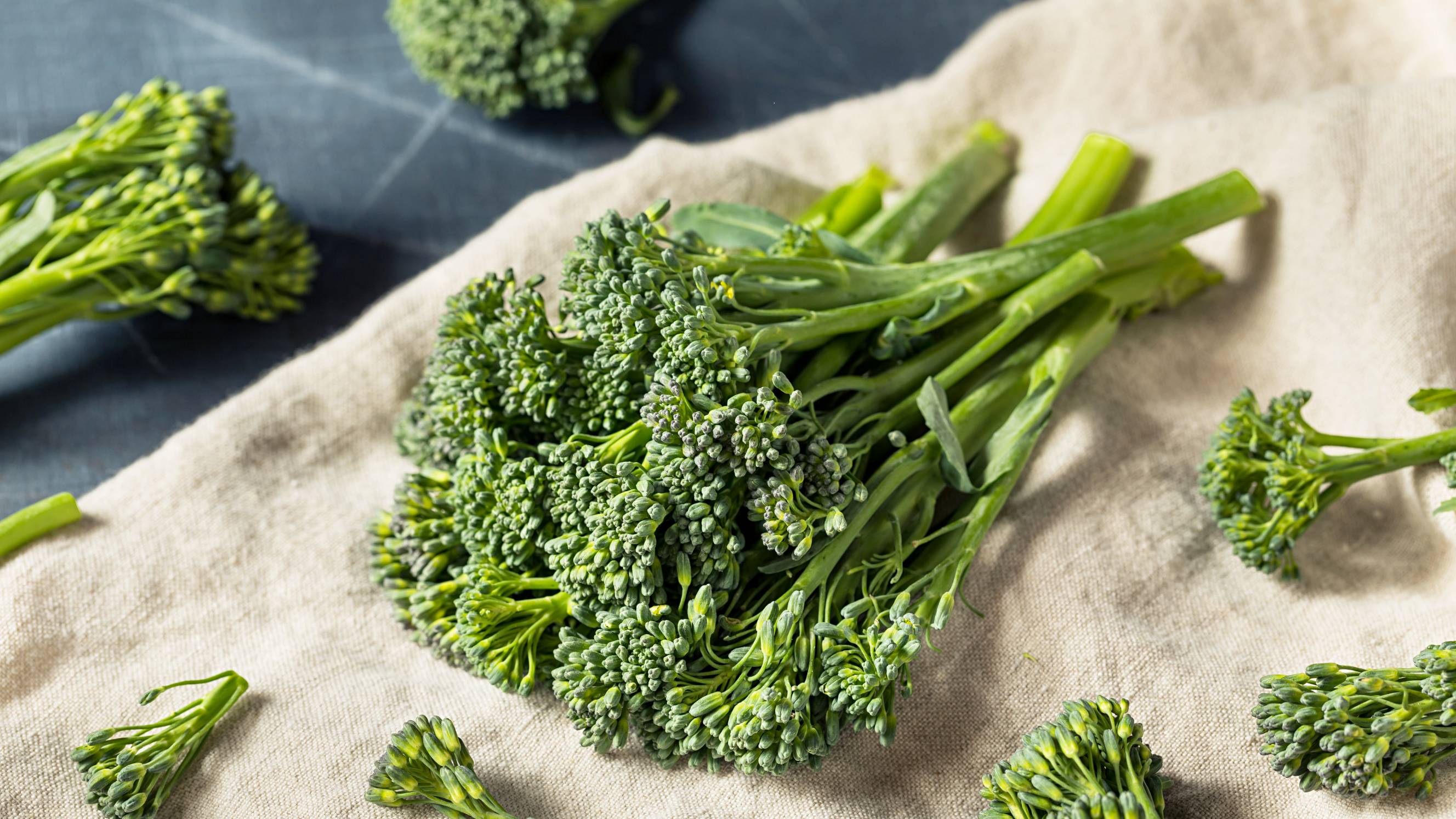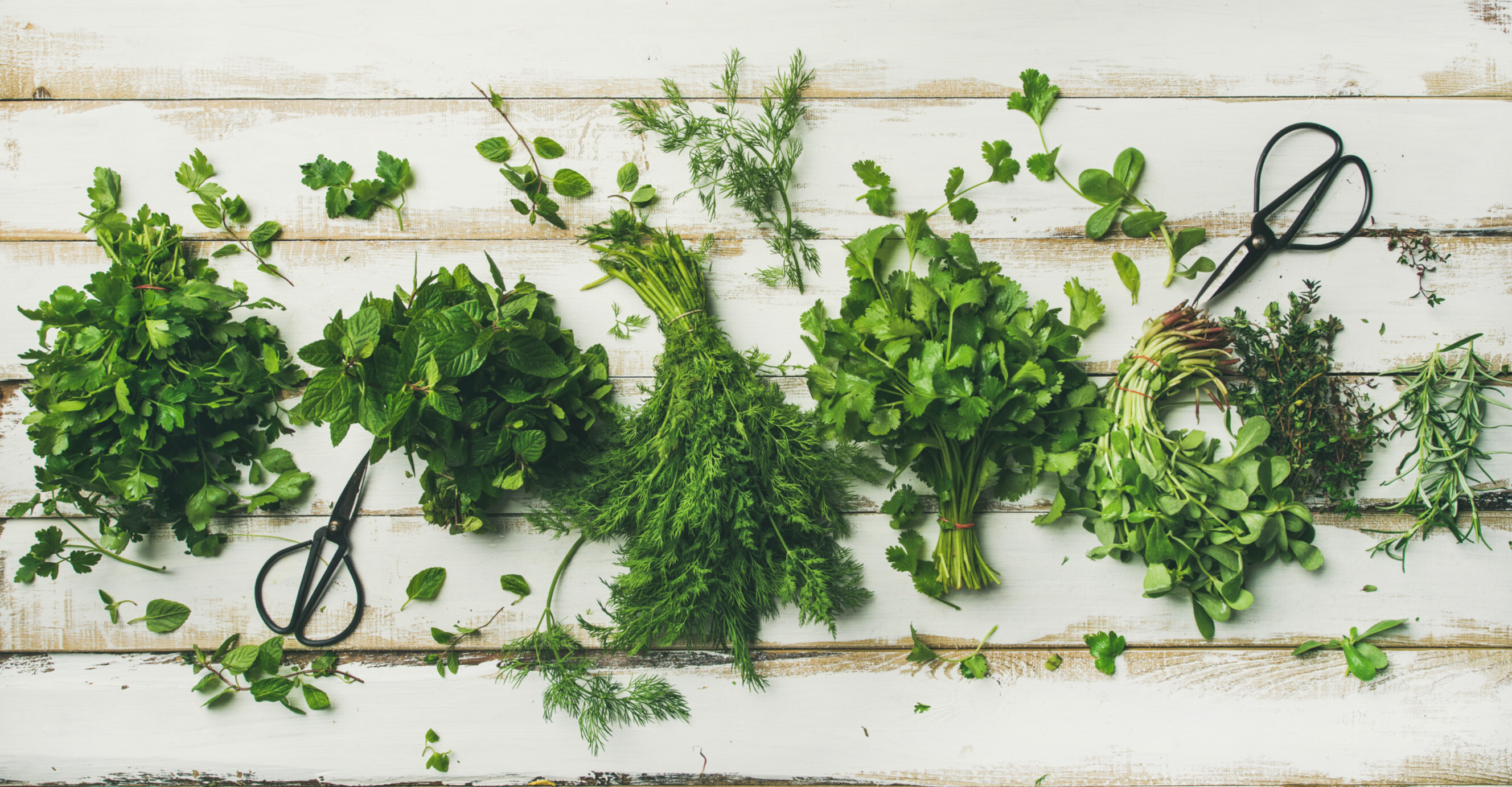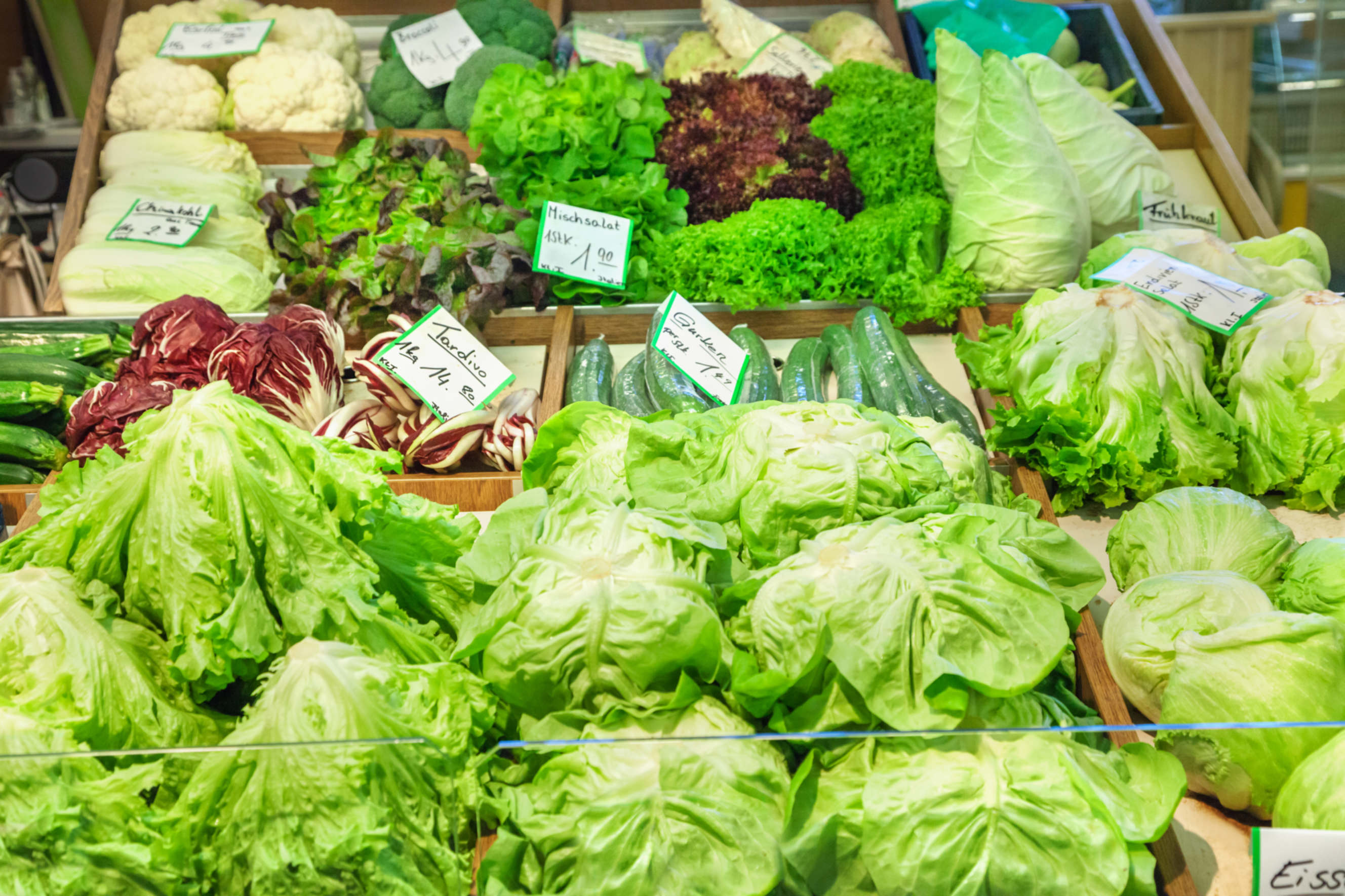
- Home/
- Comparisons/
- Fruit Delivery/
- Golden Kiwi vs Green Kiwi
Golden kiwi vs green kiwi: What makes them different?
Comparing golden and green kiwifruit in terms of appearance, taste, flavour, and more.
Published on

Written by Cielo B.
Staff Writer
Read more about our contributor
Key Facts
Golden kiwi, or yellow kiwi, originates from the fruit vine species Actinidia chinensis. It features a sweet and subtly tangy flavour with smooth brown skin.
Green kiwi originates from the vine species Actinidia deliciosa. It features bright green flesh, a tangy-sweet flavour, and distinctive fuzzy brown skin.
Have you decided to live a healthier lifestyle and are thinking of adding fruits to your diet? The exotic fruit kiwi can be a great choice. But remember that they come in different types, particularly the green and golden kiwi. While they appear similar initially, they slightly differ in flavour and nutrition.
That said, check out our guide to golden kiwi vs green kiwi to find out which best suits your taste and dietary needs.
What is golden kiwi?

Golden kiwi, also known as yellow kiwi, comes from a fruit vine species, Actinidia chinensis. It has a sweet and subtly tangy flavour with smooth brown skin.
Golden kiwis were first developed in the 1990s under the Zespri brand, the largest exporter and producer of kiwi fruit worldwide. They were known as Zespri Gold, but the kiwifruit vines that grow this specific variety were hit hard by a bacterial vine disease called Pseudomonas syringae or Psa-V.
Due to the devastating effects of Psa-V disease on kiwifruit orchards, Zespri developed another golden kiwifruit called the Zespri SunGold. It has the same smooth skin and sweet tropical taste, but the Zespri SunGold is grown with Psa-V bacterial vine resistance.
Today, you may still find Zespri SunGold kiwi fruits in local markets, but there are also notable varieties of golden kiwis from other countries. This includes the Jintao or Jin Gold from China and the Dori and Soreli from Italy.
What is green kiwi?

Green kiwi comes from a fruit vine species called Actinidia deliciosia. It has bright green flesh, a tangy yet sweet flavour, and distinctive fuzzy brown skin.
Green kiwis are exotic fruits native to China, so they were initially called Chinese gooseberries. These exotic fruits first reached New Zealand when Mary Isabel Fraser, a school principal of Whanganui Girls College in New Zealand, brought green kiwi seeds to her school from her visits to mission schools in China in 1904. Following this historic event, the fruit had its first commercial planting in 1906.
Later, in 1959, this exotic fruit was renamed 'kiwifruit' because it resembles New Zealand’s national bird, the kiwi, which shares a similar brown and fuzzy appearance.
Today, green kiwi is grown in many countries, specifically those with temperate climates, and New Zealand remains a significant exporter worldwide.
Golden kiwi vs green kiwi: What are their key differences?
Golden and green kiwis differ in colour, flavour, nutritional profile, and culinary uses. This in-depth comparison guide will help you understand how these exotic fruits differ.
In terms of appearance and texture
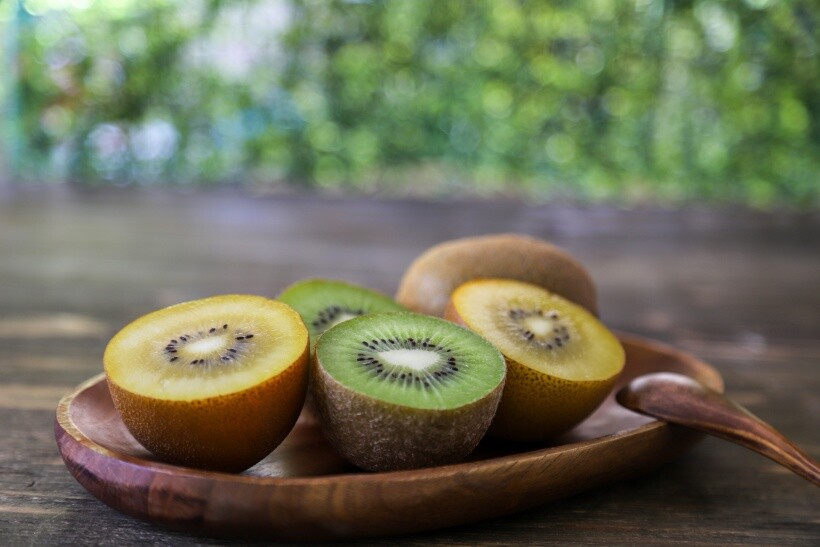 Golden and green kiwi halves arranged on a wooden dish. (Source: iStock)
Golden and green kiwi halves arranged on a wooden dish. (Source: iStock)
Golden kiwis have smooth, hairless skin that is golden-brown in colour. Some golden kiwis also have a pointed end and thinner skin. In contrast, green kiwis have a distinctly fuzzy texture and a brownish oval shape. If you place them side-by-side, you’ll also notice that green kiwis are slightly larger than their golden counterparts.
Their differences are more evident once you cut them open. The flesh of a golden kiwi looks brightly yellow (hence, the name yellow kiwi), which makes them more visually appealing. They also have fewer seeds and smaller white cores in the middle, so that you can eat more edible flesh. Meanwhile, green kiwis obviously have rich green flesh with a larger core and numerous tiny black seeds.
When it comes to texture, golden kiwis are softer and almost mushy when fully ripe, so you have to handle them more gently to prevent them from getting easily mashed like baked potatoes. On the other hand, green kiwis have a firmer and meatier texture.
In terms of taste and flavour
If you have a sweet tooth, you’ll love golden kiwis because they have a sweeter taste with a more distinct or noticeable sugary flavour. It’s almost like you won’t taste the tartness or sourness of a kiwifruit! Another distinction is their tropical taste, with hints of mangoes and strawberries.
On the other hand, green kiwis have a more intense, tangy, citrus flavour. Many describe the kiwi flavour as the right mix of pineapple and lime, giving it a zesty kick! It’s more refreshing because their tangy and citrusy flavour is a refreshing contrast to their natural sweetness.
In terms of nutritional content
 A breakfast bowl of granola and yogurt topped with kiwi slices. (Source: iStock)
A breakfast bowl of granola and yogurt topped with kiwi slices. (Source: iStock)
Golden kiwis generally contain more nutrients than green kiwis. They have slightly higher Vitamin C, E, and potassium than green kiwis, which makes them an excellent fruit to add to your daily diet to boost your immunity and heart health. Golden kiwis are also a good source of folate, which helps strengthen the nerves and improve blood cell function.
However, since golden kiwis are sweet, their calories and sugar content are higher than green kiwis, which is about 110 calories per cup. Although green kiwis also contain sugar and calories, they have a lower sugar level, which is why they taste tangy.
What’s also great about green kiwis is that they have more fibre content than golden kiwis. This helps you digest your food better and helps lower your cholesterol. So, in a way, green kiwis can also contribute to heart health.
In terms of health benefits
One of the benefits of eating golden kiwi is that it is rich in antioxidants like Vitamin C and E, which helps alleviate symptoms of respiratory tract infections like persistent cough, colds, and sore throat. Although green kiwis also provide the same antioxidants, they contain less than golden kiwis.
Aside from helping with colds and sore throats, Vitamins C and E also boost skin health. These vitamins increase collagen in the skin, keeping it elastic, hydrated, and less susceptible to UV damage and ageing!
However, when it comes to improving digestive health, green kiwis gain an advantage because of their high fibre content. Not to mention, green kiwis contain an actinidin enzyme, which may help improve bowel function and alleviate Irritable Bowel Syndrome (IBS) symptoms such as abdominal pain, cramping, bloating and swelling.
In terms of culinary uses
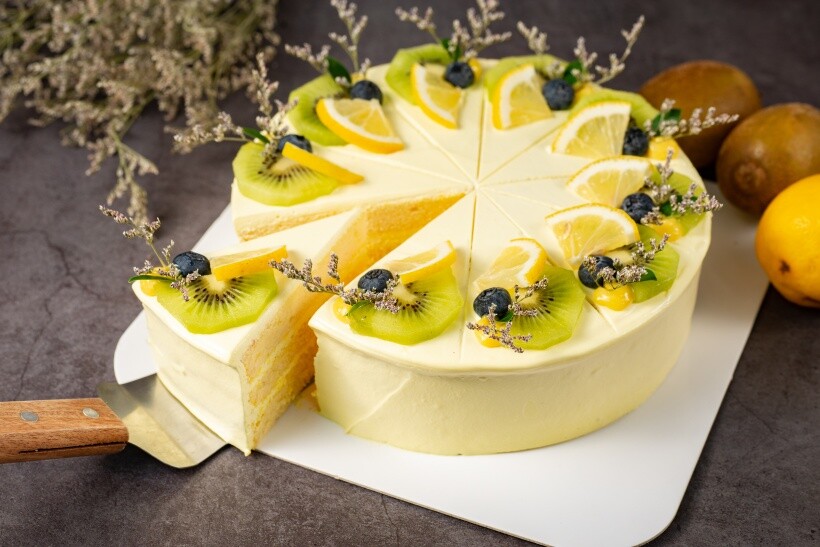 A cream cake decorated with fresh kiwi slices and lemon wedges. (Source: iStock)
A cream cake decorated with fresh kiwi slices and lemon wedges. (Source: iStock)
Golden kiwis have a distinctly mushy texture, making them easier to blend into a fruit smoothie. You also don’t need to add more sugar to golden kiwi smoothies because this kiwifruit variety tastes sweeter than the classic green kiwis.
Although you may also use a green kiwi to make a fruit smoothie, its sharp, sour taste might not appeal to some people. Instead, add it to a vegetable and fruit salad. The sourness of green kiwis will add the right balance of contrasting flavour to salads.
Apart from smoothies and salads, pastry chefs often use kiwifruit, whether green or golden, to bake cakes, tarts, and pies. So, if you usually use butternut pumpkin or squash for pies, consider using fruits like kiwi fruit for a change. Kids might love it better since fruit-filled pies taste sweeter!
The actinidin enzymes present in green kiwis help break down protein in raw meat, so they are often used to tenderise and marinate meat.
In terms of availability and seasonality
In Australia, green kiwis are in season in late February or early March. Regardless of the seasonality, they are available all year round because some are home-grown in Victoria and New South Wales. If the local supplies aren’t enough, green kiwi imports from New Zealand will supplement them.
Meanwhile, golden kiwis are in season from late fall to early spring (around June to August). Victoria also has golden kiwi vineyards, but some of the local produce comes from around Western Australia. Like green kiwis, the supply of golden kiwis is supplemented with imports from New Zealand if there’s a shortage, so they are also available all year round.
Get fresh kiwi delivered straight to your doorstep with Airtasker
Don’t like the hassle of shopping and lining up in supermarkets? Why not have your kiwifruits delivered straight to your home? By posting a task, you can easily find fruit delivery services around your area. Eat healthy while enjoying convenience with Airtasker today.
Learn more about our contributors

Written by Cielo B.
Staff Writer
Cielo is an experienced content writer who has explored various industries throughout her career. Her expertise, founded on a degree in journalism, includes writing about automotive and home maintenance. Cielo also covers topics like dressmaking, tailoring, and photography since she is a passionate cosplayer who enjoys dressing up as her beloved anime characters.
Golden kiwi vs green kiwi
Golden kiwi |
Green kiwi |
|
|---|---|---|
Appearance and Texture |
Smooth golden-brown skin, pointed end, yellow flesh, fewer seeds, softer texture when ripe |
Fuzzy brownish oval skin, larger core, green flesh, numerous seeds, firmer texture |
Taste and Flavour |
Sweeter taste with tropical hints of mangoes and strawberries |
Tangy, citrus flavour with a mix of pineapple and lime |
Nutritional Content |
Higher in Vitamin C, E, potassium, and folate; more calories and sugar |
Higher fibre content, lower sugar and calories |
Health Benefits |
Rich in antioxidants (Vitamin C and E), boosts immunity, heart health, and skin health |
Improves digestive health, aids bowel function, alleviates IBS symptoms |
Culinary Uses |
Best for smoothies due to sweetness and mushy texture, also used in pastries |
Great for salads due to tangy taste, also used in pastries, can tenderise meat |
Availability and Seasonality |
In season around late fall to early spring (June to August), but available all year round |
In season around late February or early March, but available all year round |
FAQs on golden kiwi and green kiwi
FAQs on golden kiwi and green kiwi
If you think kiwi fruit makes you poop, yes, you are right. Eating kiwi can help treat constipation because it has a high fibre content.
If you take into account the duration of food passing through your digestive system, that’s 6 to 8 hours, so technically, it could take half a day to pass through. This, of course, can vary since there are other factors to consider, like how healthy your digestive system is.
But one thing for sure is that kiwifruit can help you poop since it’s rich in fibre, which is a nutrient known to help regulate bowel movements.
Babies can eat kiwis if they’re already six months old and developmentally ready to consume solid foods. You can serve mashed kiwis for younger babies, or small, bite-sized pieces as your young one gets older. The key is proper food prep for your baby, whether that’s mixing it with their food or cutting them in small chunks for safe feeding practices.
Kiwifruit is typically grown in the southern regions of Australia, particularly in Victoria, New South Wales, and Western Australia. These areas have a temperate climate and are well-drained, ideal for growing kiwifruit.
Find fruit delivery taskers, fast
Post a task
Related articles
